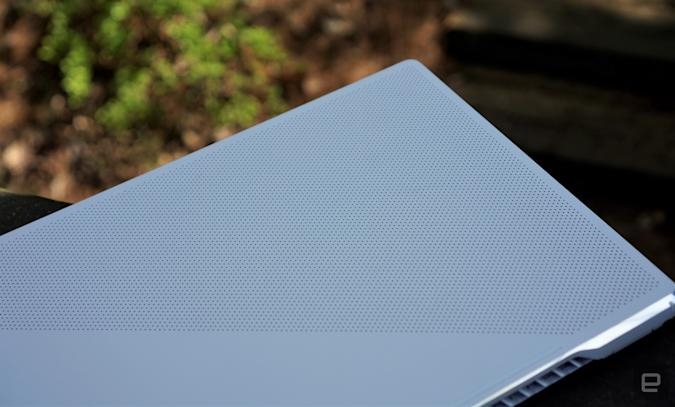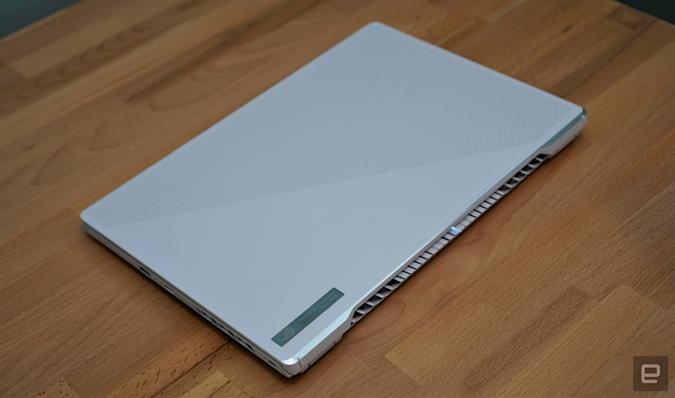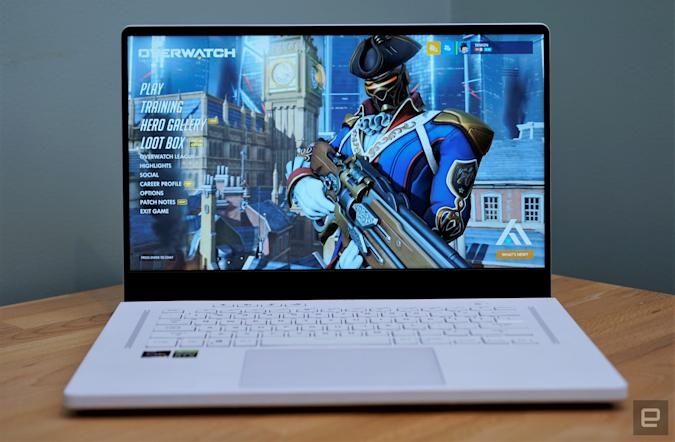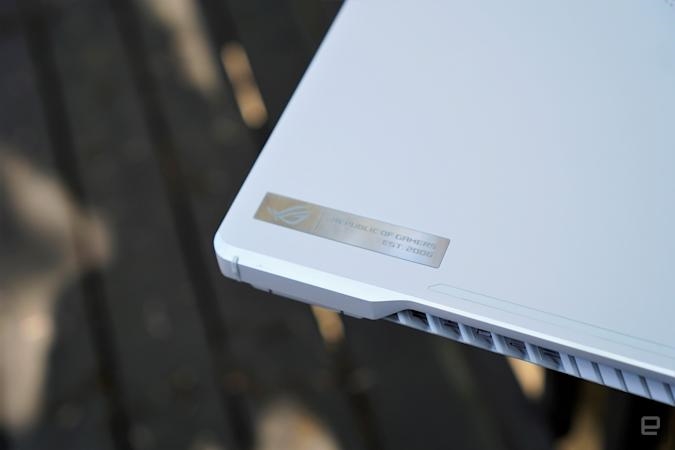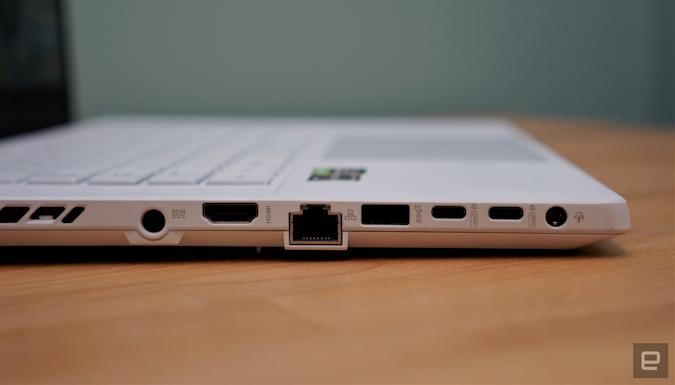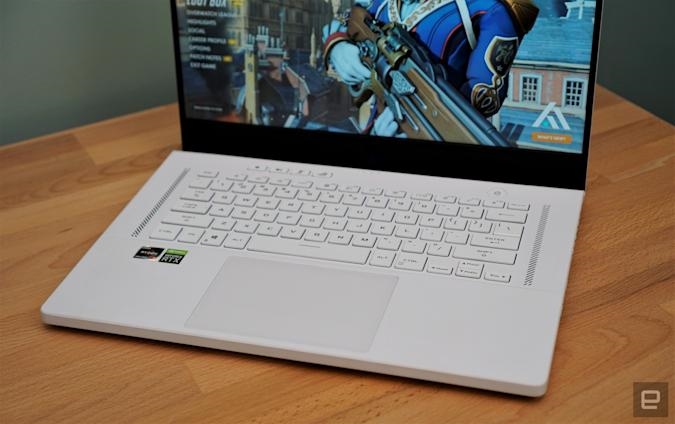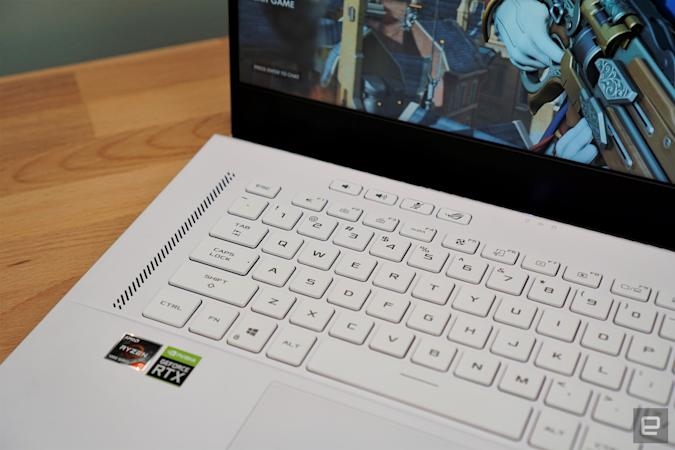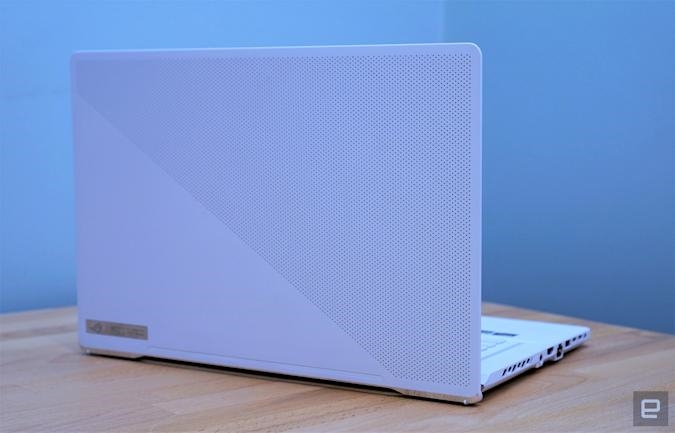ASUS Zephyrus G15 review (2021): All the gaming laptop you need
ASUS Zephyrus G15 review (2021): All the gaming laptop you need
Once again, ASUS delivers a ton of power at a decent price.
ASUS absolutely wowed us with last year’s Zephyrus G14. It was thin, light and one of the most powerful notebooks we’d ever seen, thanks to AMD’s Ryzen 4000 processor. But, given the sheer madness of 2020, I never got a chance to check out its larger sibling, the G15. It basically took most of what I loved about the G14, and put it in a more traditional 15-inch notebook. Sounds like a surefire winner, right? Now after testing out the 2021 edition of the Zephyrus G15, it’s clearer than ever that ASUS has practically mastered the art of making gaming laptops.
Gallery: ASUS Zephyrus G15
It wasn’t always this way for ASUS. Its original Zephyrus laptop was one of the first thin and light machines to stuff in NVIDIA’s GTX 1080 GPU, but it was awfully expensive and had terrible battery life. Over the years, ASUS refined its designs to be much more practical. The Zephyrus G14 was particularly impressive because it weighed just 3.5 pounds, yet it managed to fit in an RTX 2060 GPU, a shockingly powerful AMD CPU, and a decent battery performance. 4 reviews
Naturally, the G15 isn’t as light, but at 4.2 pounds it’s still a bit easier to carry than the 4.5-pound Razer Blade and most other 15-inch notebooks. It’s also just as impressive as the G14 design-wise, with a sturdy magnesium-aluminum case and a unique dot-matrix pattern on the lid. ASUS filled those tiny holes with a unique prismatic material in our review unit, but on some models they’ll have tiny LEDs for displaying pixelated graphics. Under the hood, the G15 features AMD’s Ryzen 9 5900HS, NVIDIA’s RTX 30-series GPUs, and an optional 1,440p (Quad HD) display running at 165Hz with G-SYNC/FreeSync support. It’s one of the first gaming laptops to rock AMD’s new hardware, and that alone makes it a compelling purchase. We’re still waiting for Intel to release its beefier 11th-gen H-series chips. So if you want something a bit more future-proof, a Ryzen 5000 notebook just makes more sense. Our review unit included NVIDIA’s RTX 3080 Max-Q and that 1,440p screen, which felt like a perfect pairing. As I wrote in our MSI GS66 Stealth review, that resolution is a nice upgrade over 1080p displays, without being as demanding as a 4K screens. While mowing down baddies in Destiny 2, or hopping through several rounds of Overwatch, the G15 looked silky smooth. And when I was able to take a breath, it was easy to see how fine edges and other details looked a bit clearer than on a 1080p screens. While the Zephyrus G15 is powerful enough to deliver over 100FPS in 1,440p with graphics cranked on both games, what mattered more to me was how well the screen kept up with all of the action. And boy, did it deliver. I felt like I had an extra advantage during frenetic firefights, since the screen was able to easily follow my twitchy mouse movements, and it was also helpful when I needed to slow down and line up a sniper shot. Having a high refresh speed, and a screen that can automatically synchronize with your current frame rate, is the gaming equivalent of hearing a symphony in perfect harmony. The G15 doesn’t have the speediest 1,440p screen around — MSI’s GS66 can reach up to 240Hz — but faster options also cost a lot more. And unless you’re an aspiring e-sports player, you’ll probably have a tough time even seeing the difference beyond 120Hz. Just like with NVIDIA’s RTX 2080 mobile GPUs though, don’t expect desktop-level performance with its 30-series laptop hardware. Even the RTX 3080 in our review unit struggled to run Cyberpunk 2077 with maxed out ray tracing settings and graphics in 1,440p. It chugged along between 40 and 45 FPS, which is playable but not exactly what I’d like to see from such an expensive machine. Even NVIDIA’s DLSS technology, which boosts framerates by rendering games at a slightly lower resolution, didn’t help much. I settled on playing Cyberpunk with medium ray tracing settings and DLSS to get a smoother 55-63 FPS. PCMark 10 3DMark (TimeSpy Extreme) Geekbench 5 ATTO (top reads/writes) ASUS Zephyrus G15 (AMD Ryzen 9 5900HS, NVIDIA RTX 3080 Max-Q) 6,881 4,530 1,426/7,267 3.3 GB/s / 2.85 GB/s MSI GS66 Stealth (2021, Intel i7-10870H, NVIDIA RTX 3080 Max-Q) 5,369 4,538 1,247/6,505 3.1 GB/s / 2.9 GB/s Gigabyte Aero 17 HDR XB (Intel i7-10875H, NVIDIA RTX 2070 Super Max-Q) 5,155 3,495 1,137/5,681 2.93 GB/s / 2.59 GB/s ASUS Zephyrus Duo 15 (Intel i9-10980HK, NVIDIA RTX 2080 Super Max-Q) 5,616 3,680 1,365/8,055 3 GB/s / 3.24 GB/s ASUS Zephyrus G14 (AMD Ryzen 9 4900HS, NVIDIA RTX 2060 Max-Q) 5,436 2,725 1,189/7,705 1.7 GB/s / 1.67 GB/s When it comes to benchmarks, the Zephyrus G15 outperformed MSI’s GS66 in Geekbench 5’s multicore score, but otherwise the two laptops were fairly neck-and-neck. Their 3DMark TimeSpy Extreme numbers, for example, were practically identical. That could be a sign of just how much Intel caught up to AMD’s performance last year, as MSI’s notebook was powered by an older 10th-gen CPU. Under load, ASUS’s fans are definitely noticeable, but not nearly as annoying as the GS66’s whiny blowers. The G15 also lasted an impressive eight hours and 50 minutes on our battery test, well below the near 13-hour benchmark of the G14 , but 25 minutes better than the GS66. Now, a gaming laptop needs more than just power, it also has to feel good to play on. Thankfully, ASUS’s keyboard held up to hours of testing. The G15’s keys feature a healthy 1.7mm of travel, and while they’re not mechanical like the CherryMX hardware coming to Alienware’s new laptops, they still feel springy and responsive. Its quiet performance also goes a long way towards making the G15 fit into non-gamer environments like classrooms and offices. The trackpad, meanwhile, is ideal for web browsing, editing documents and other productivity tasks. I’m just grateful it’s not shoved off to the side of the keyboard like so many other ASUS laptops. The more I tested the G15, the more thoughtful ASUS’s design decisions felt. That carries over to its wealth of connectivity: It features an HDMI port, Ethernet, three USB 3.2 Type-A connections, one USB-C and a MicroSD card slot. Personally, I’d still like to see a full-sized SD slot, but it’s getting easier to move over to microSD on your cameras and other devices. And yes, there is one major missing accessory on the G15: a webcam. Just like with the G14, I didn’t miss it too much, but it does feel awkward when so many of us are living on Zoom video chats. Moving forward, maybe ASUS should just include a cheap external webcam in the box. The Zephyrus G15 currently starts at $1,499 with an RTX 3060 and 16GB of RAM, which isn’t too bad considering it still has the Ryzen 9 and the speedy 1,440p display. Our review unit sells for $2,500 with the RTX 3080 and 32GB of RAM, but I’m not quite sure that’s worth the $1,000 premium. The 3060 will still deliver excellent Quad HD performance and has more than enough memory for gaming and streaming simultaneously. Once again, ASUS is offering a significant value for the price — the latest Razer Blade starts at $1,700 with an RTX 3060 and a 1080p 144Hz screen. Saving $200 for a better screen seems like a no-brainer to me. It all boils down to this: The Zephyrus G15 has practically everything I’d want in a solid gaming notebook, without breaking the bank. It’s relatively lightweight, powerful and far cheaper than other premium notebooks. I don’t mind that it doesn’t have a built-in webcam, especially since most gamers would opt for a higher-quality external camera. For most gamers, the G15 is practically a dream machine. All products recommended by Engadget are selected by our editorial team, independent of our parent company. Some of our stories include affiliate links. If you buy something through one of these links, we may earn an affiliate commission.Gallery: ASUS Zephyrus G15 | 9 Photos

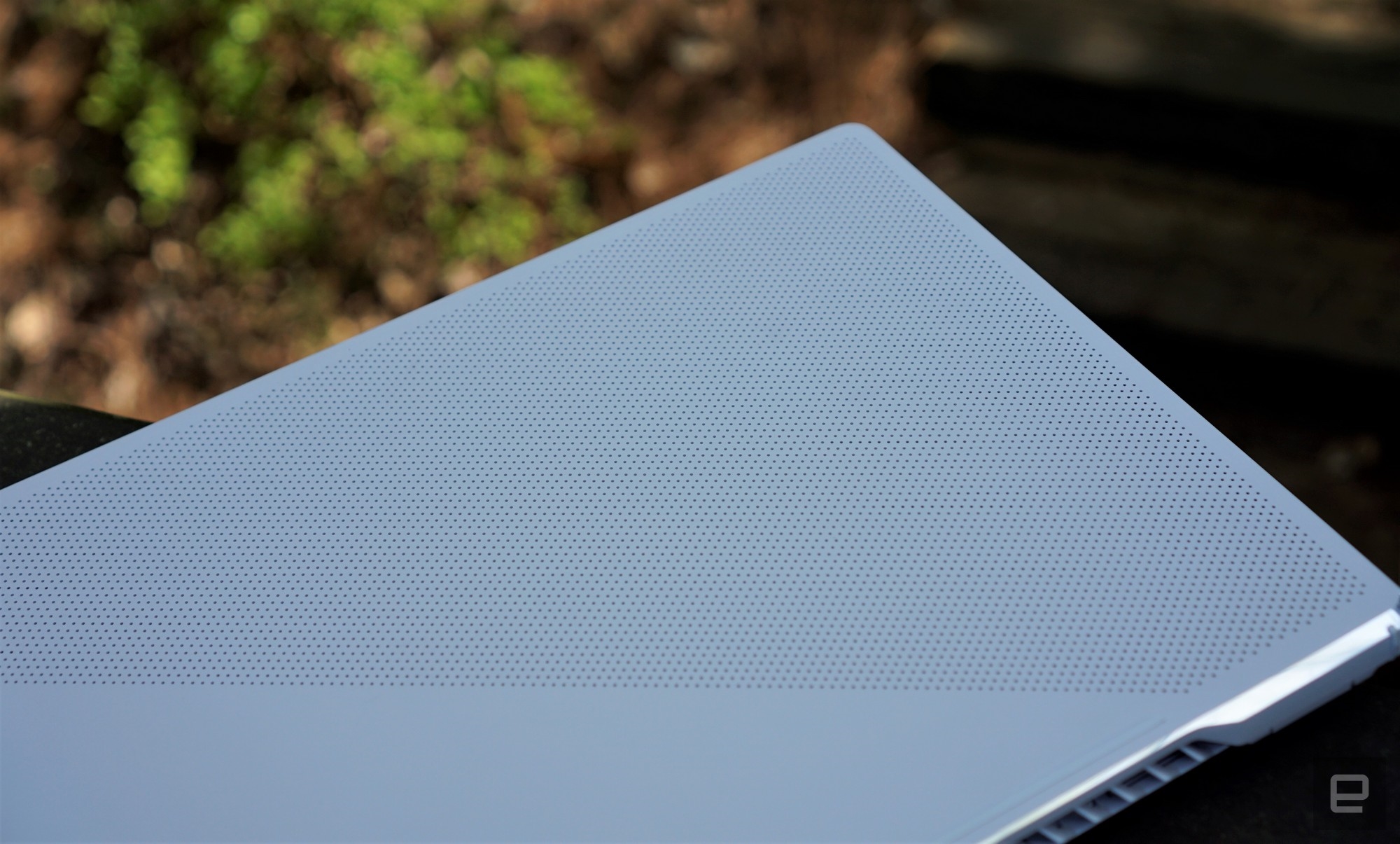
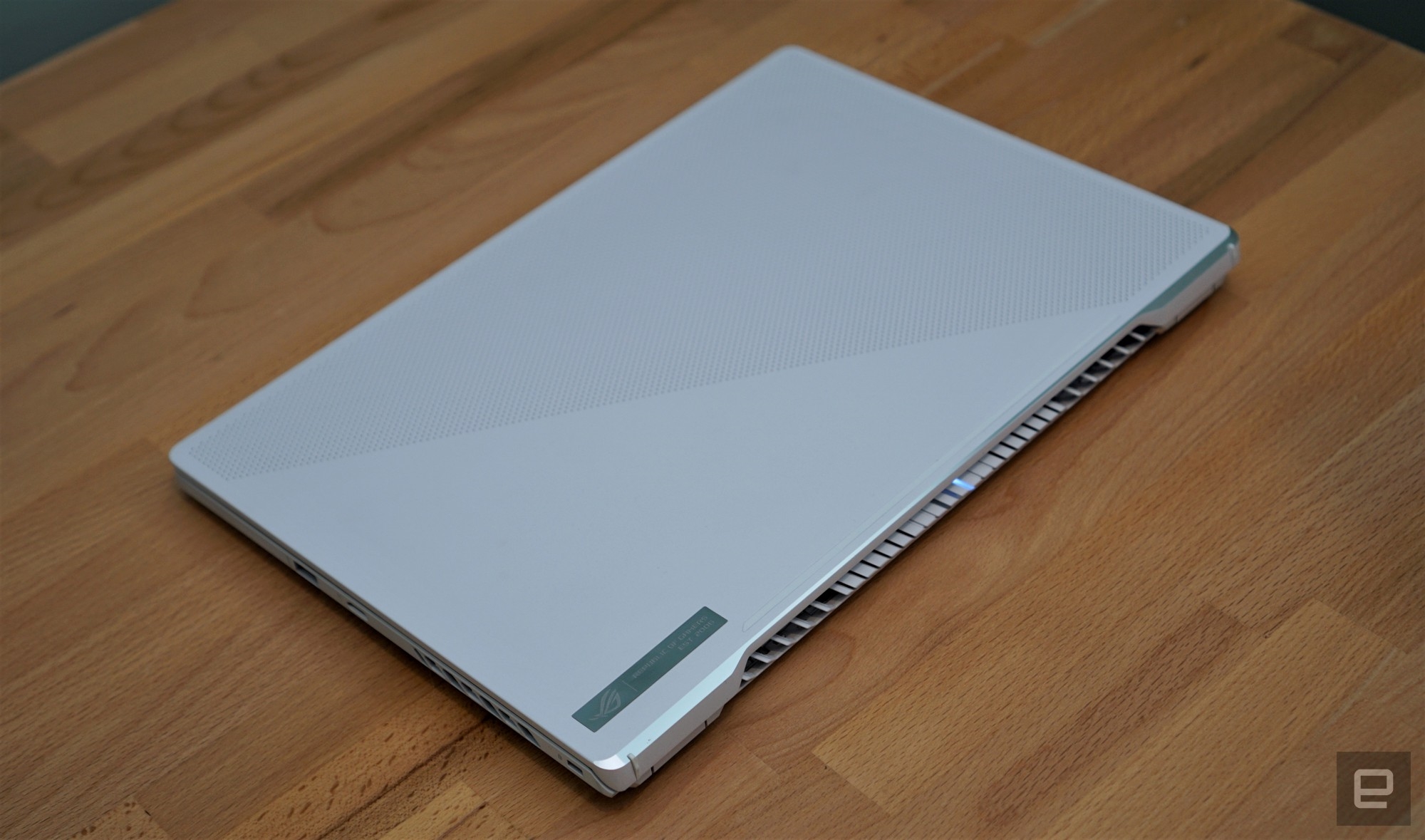
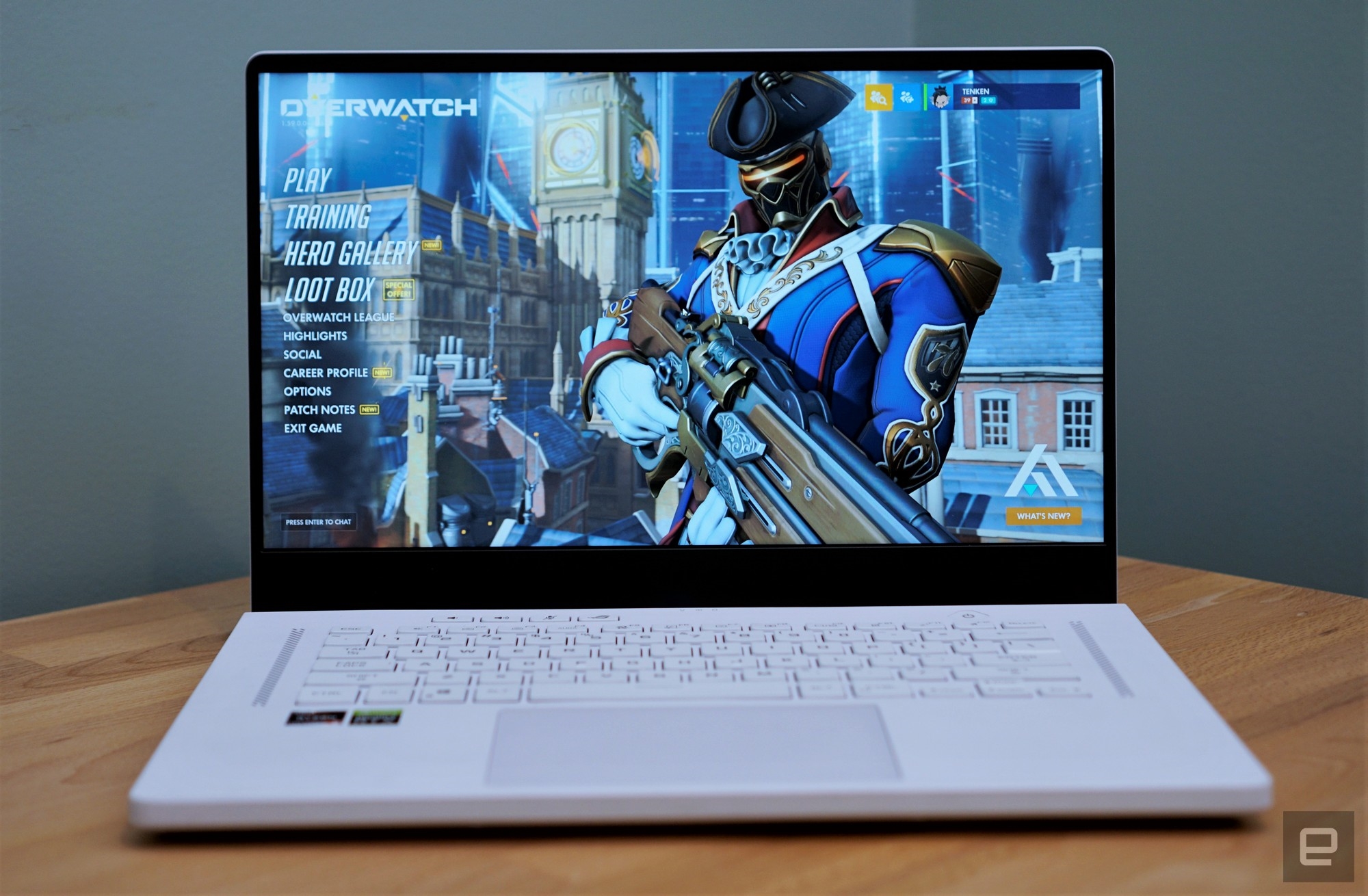
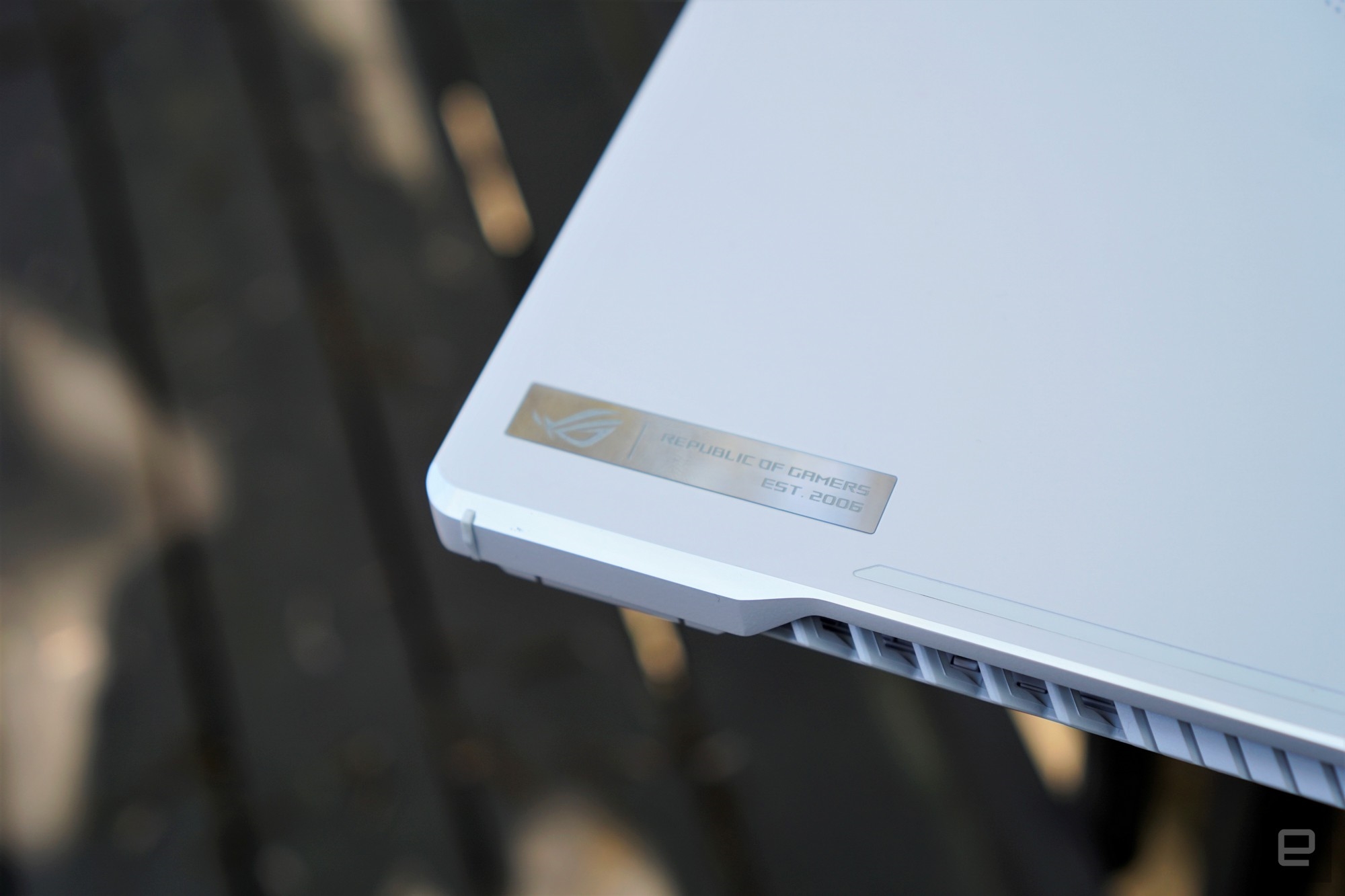
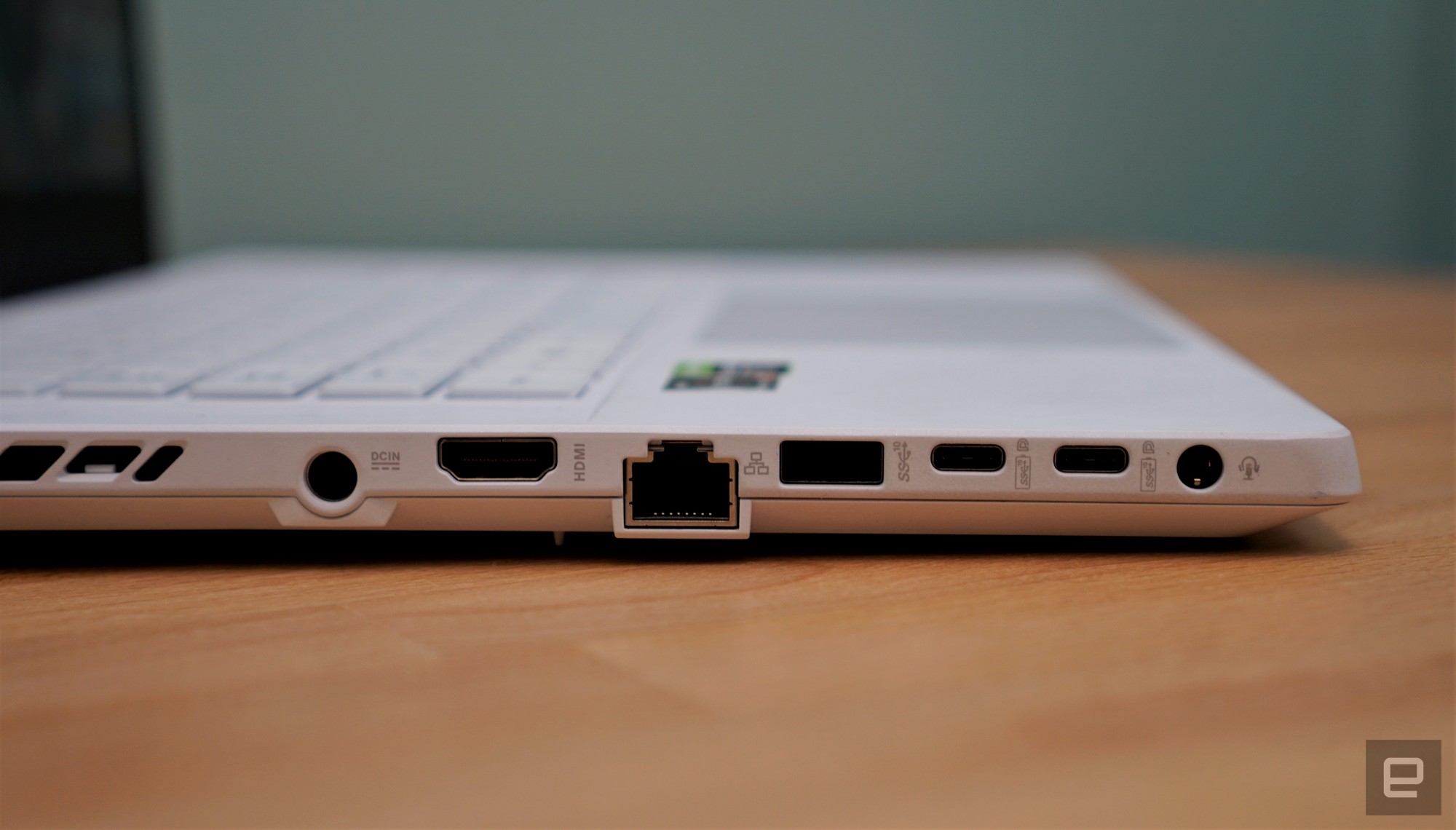
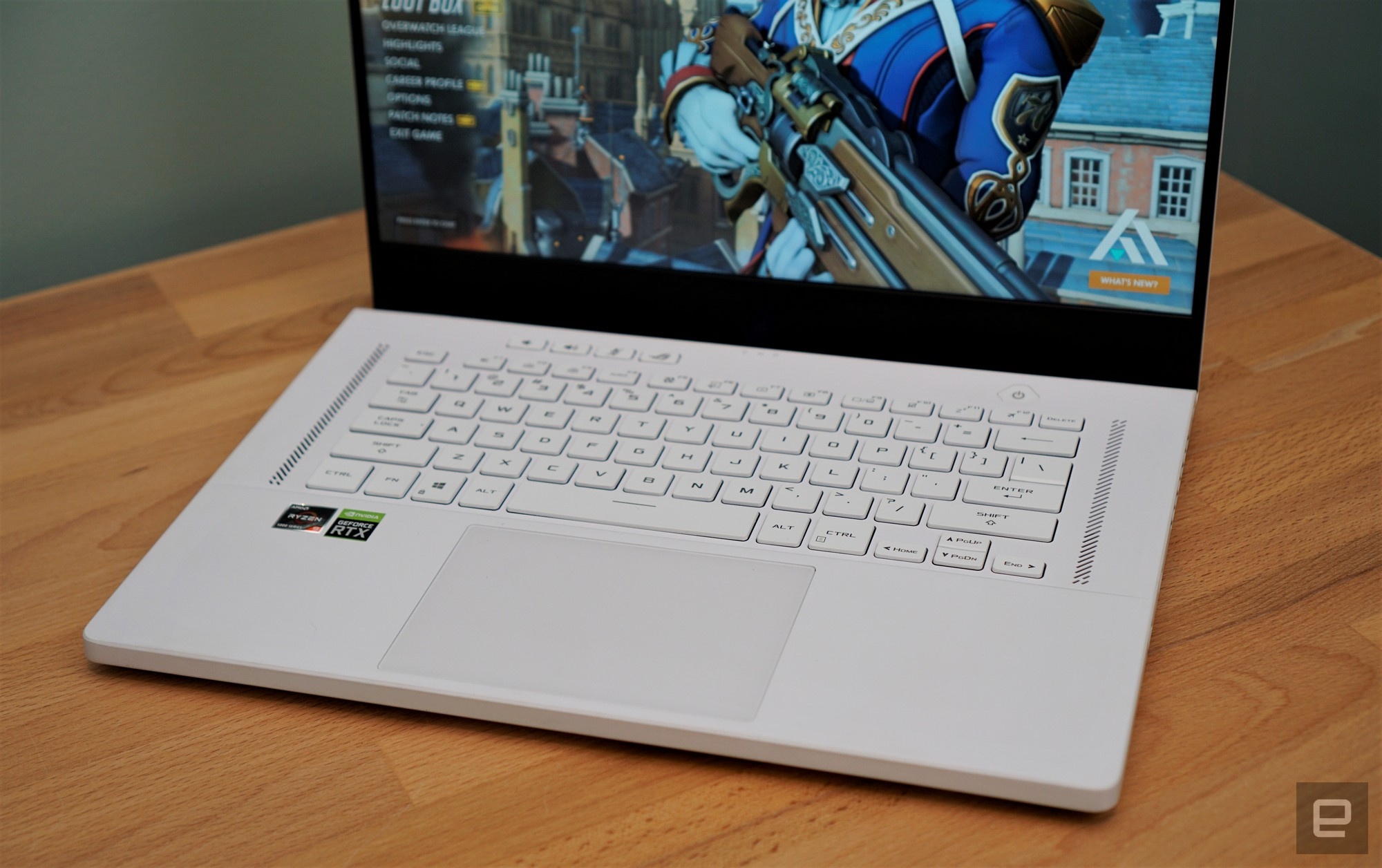
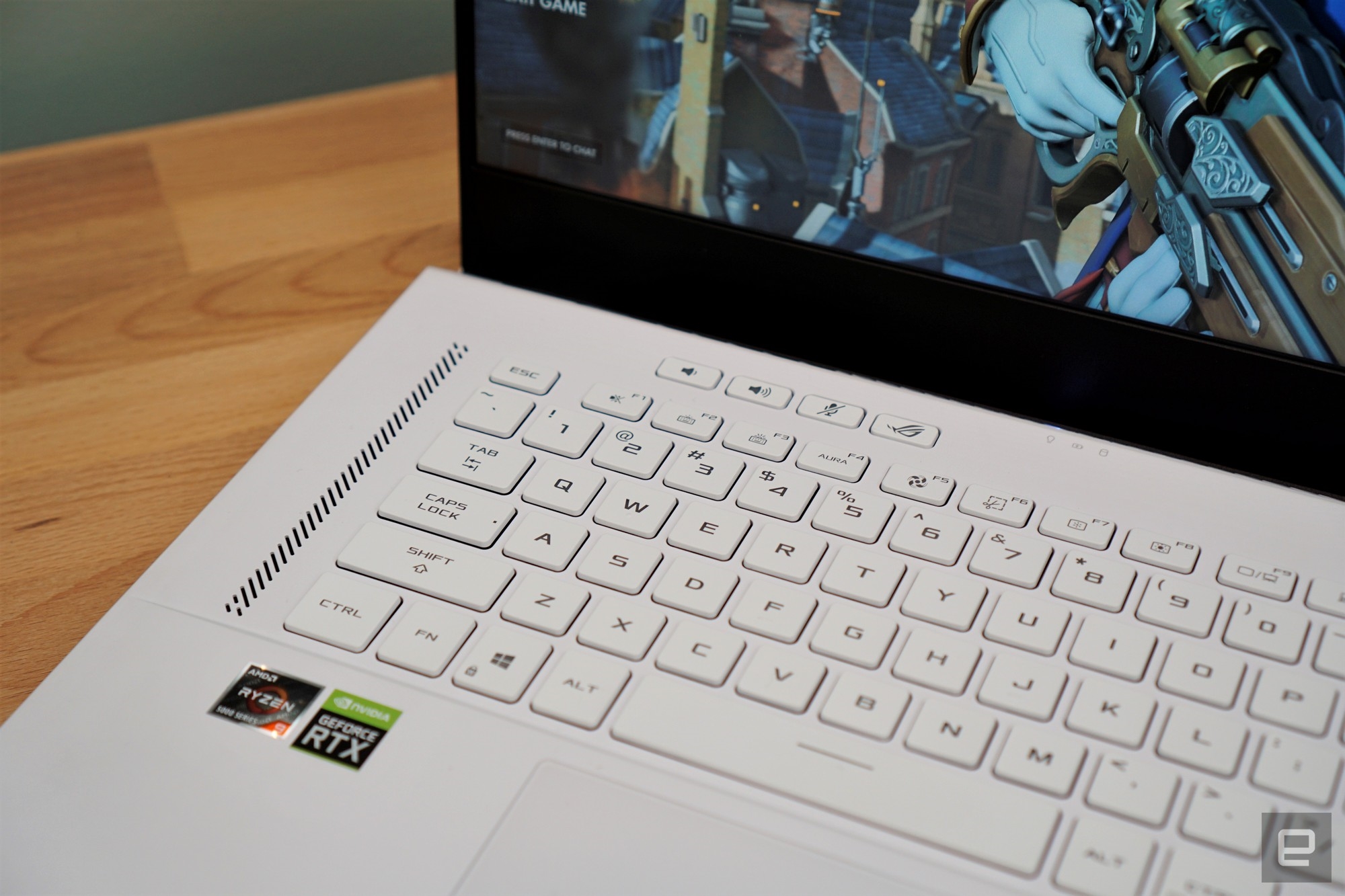
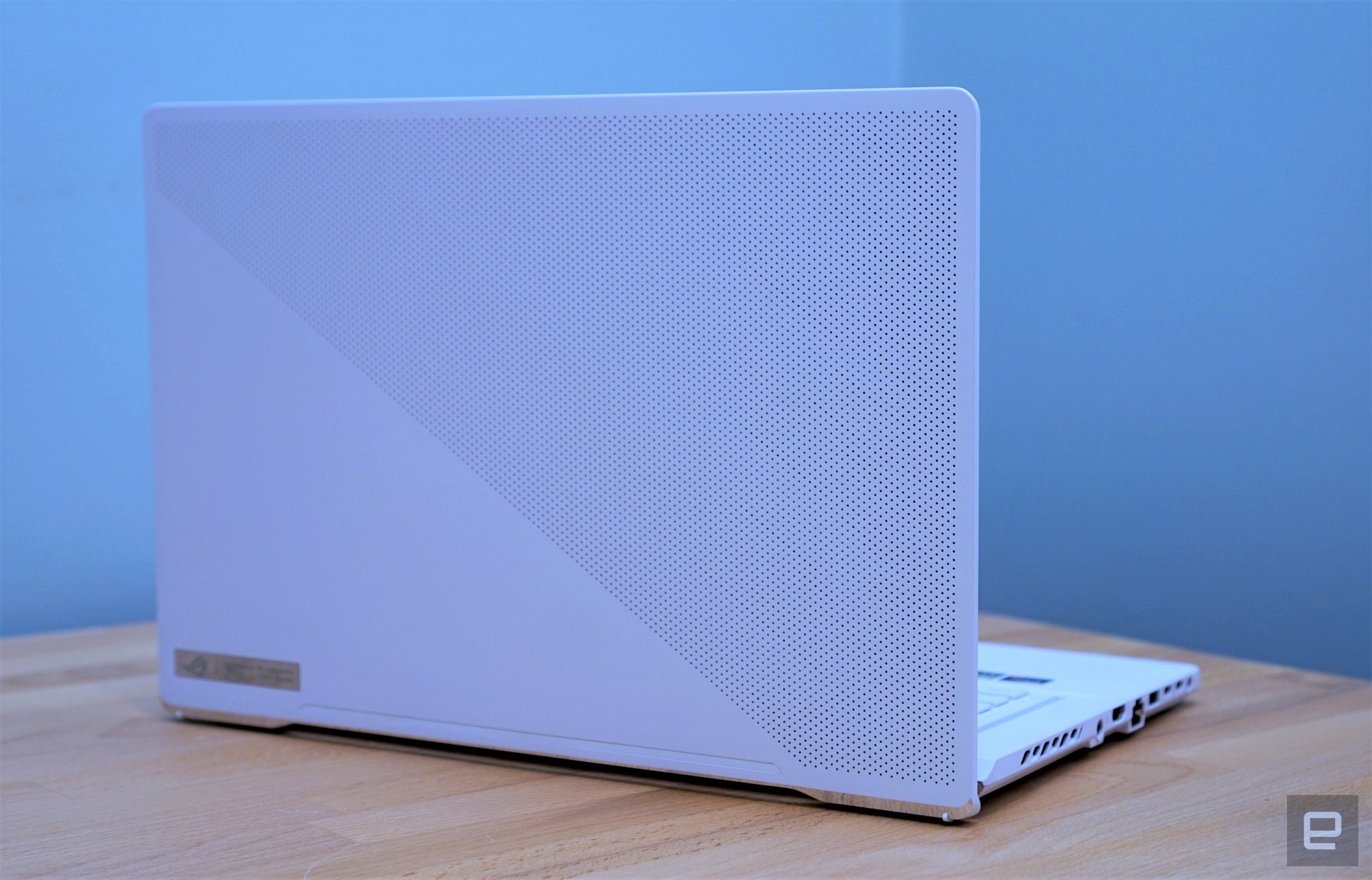
Zephyrus G15 GA503
90

Pros
Cons
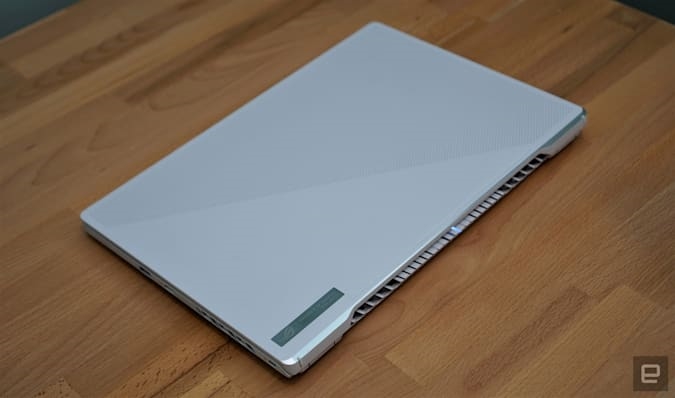
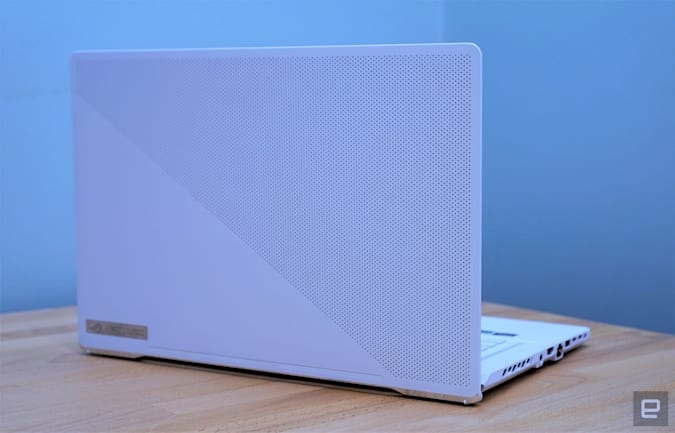
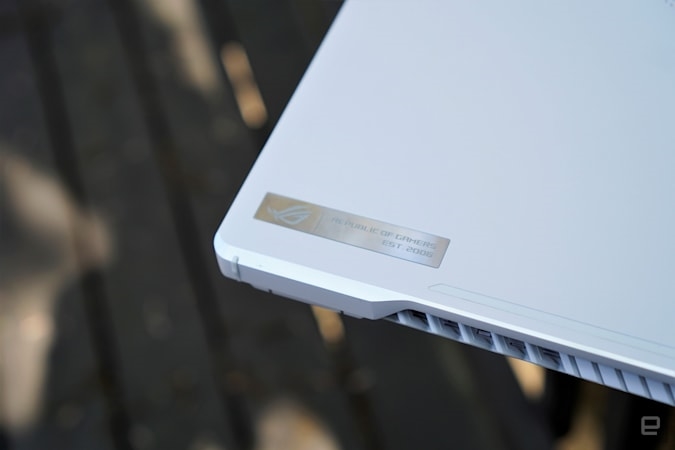
(70)



